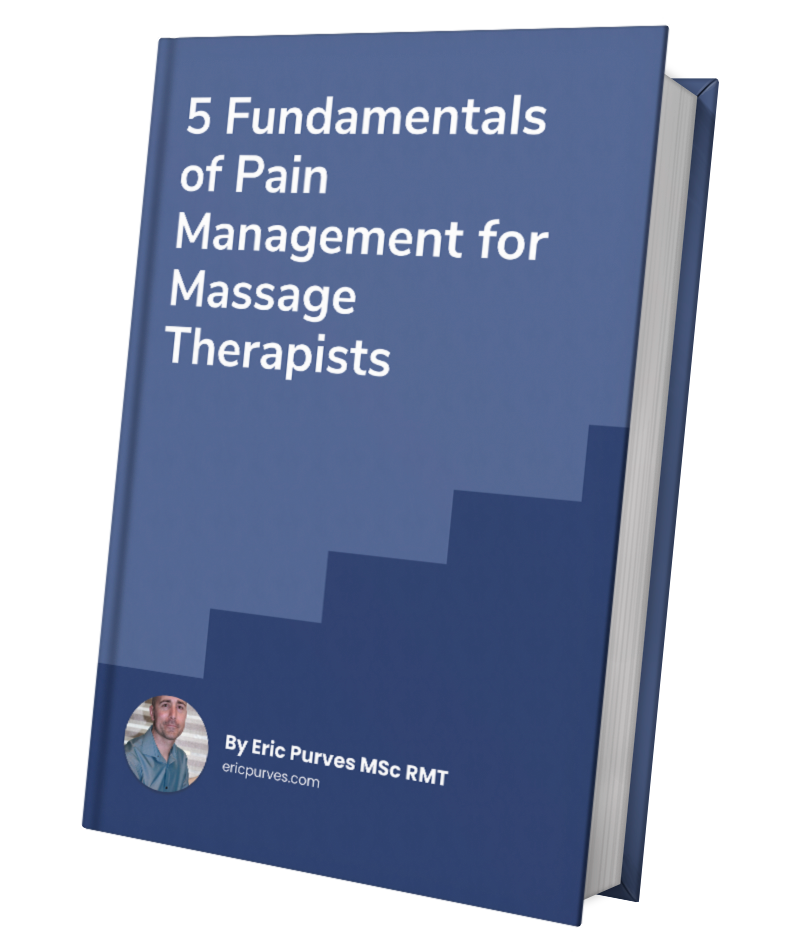Can money and morals coincide in manual therapy?
Do you over-treat your patients? How much is too much? When is it best to do nothing? These are questions I constantly ask myself. My assumption, most of us get in the way of recovery and even can impede normal processes by intervening unnecessarily. The clinical reasoning skill it takes to know when it is best to do nothing is difficult to master, and likely an impossibility anyway. Clinical experience over years of practice is crucial, but so is understanding the research.
Over-treating is good for business. However, is that what the patient needs to maximize recovery? Is it more ethical to get out of the way and do less? Can economics and ethics coincide? The simple answer. Of course they can. Knowing your limits of therapeutic usefulness is empowering as it doesn’t result in any false narratives being told and it increases patient’s self-efficacy as it allows them to be responsible in their rehabilitation process.
When we analyze the research for most common pain complaints, it indicates most passive interventions are only mild to moderately effective (ref). This should cause most manual therapists to rethink their explanatory models and/or shift the way they treat patients.
Most cases people present to us clinically will resolve on their own. Regression to the mean is a therapist’s best friend. If the patient comes to see us and we do something to them (massage and/or manual therapy) and we tell them to do something on their own (stretch, move, exercise) and they feel better after a few sessions then we feel like a great job was done and their recovery is attributed to the work we did. Yay us! However, if we did nothing would the outcome be any different?
Ethical code of conduct
All healthcare professions have an ethical code of conduct they must follow. It usually states something along the lines of, treatment is always in the best interest of the patient, stay within your scope, do no harm, incorporate relevant evidence into your treatment planning, and don’t have sexual relationships with your patients. The last point is blatantly obvious, but I assume it is necessary as some people might think it’s okay to sleep with their patients?! This is all common sense and standard guidelines that any professional who works with the public should know and appreciate.
A necessary aspect of the 3 domains for an evidence based practice is consulting the research. This needs to be incorporated into working for the best interests of the patient. I would argue that by following the evidence, many healthcare professionals would struggle with how to conduct a practice. It is easier to pathologize the patient, shame their structure, offer passive solutions and not encourage them to take charge of their own well-being. The focus needs to be on education and self-management of pain and its related dysfunctions. This empowers the patient and requires less need for the therapist’s intervention.
My Thoughts
Most of us in the manual therapy world are educated to believe that if we put our hands on people and manipulate tissues and joints in the correct way then this thing called pain will disappear and the person in front of us will miraculously feel better and their life will improve. The more I learn the more I realize that what I am doing with my hands is of very little importance to the overall outcomes. The narrative you tell your patient, their thoughts, beliefs and self perceived control for managing symptoms, has a greater clinical effect than anything you do with your hands. People like to be touched, that’s why they come to see us. However, my personal treatment objectives have drastically changed over the years as I now try to have patients understand what their pain experience means to them and I do everything possible to make them not need me anymore.
Where should the discussion about economics and ethics begin? Is it ever justifiable to recommend a patient comes in for 2-3 treatments a week for 1, 2, or 3 months? How can we possibly know that? The research is bereft of specific treatment protocols for most persistent musculoskeletal complaints. Once we are aware of the research, how do we continue to justify providing interventions that lack biological plausibility or any supporting evidence? Ignorance is not okay.
With massive student debts and the reality of adulthood; marriage, kids, mortgage, car payments, child care costs, insurance, savings, having a social life! This can make the prospect of practicing ethically and in the patient’s best interest extremely difficult. What is the harm in recommending a few extra treatments? Especially if an insurance company is paying. No harm to the patient and more money in our pockets.
My belief, it’s best to practice ethically at all times by trying to put yourself out of a job everyday. This means it is best to get out of the way and let people get better on their own as much as possible. Empower your patients with relevant evidence informed education, provide manual therapy as a means to decrease sensitivity and bring awareness to different movements and sensations to their ‘painful’ area(s), give them guidance on self-management strategies and movement/exercises that they can do on their own. Most importantly, don’t oversell your services, do more for them by doing less to them. I have not seen any evidence that suggests frequent passive treatments are any better than fewer treatments which engage the patient in their active recovery. As massage and manual therapists it is important to know our limits. Once one becomes familiar with the evidence they will realize what we do is not extraordinary and the magic that we once believed flowed through our healing hands is not as powerful as the knowledge we have in our heads.




